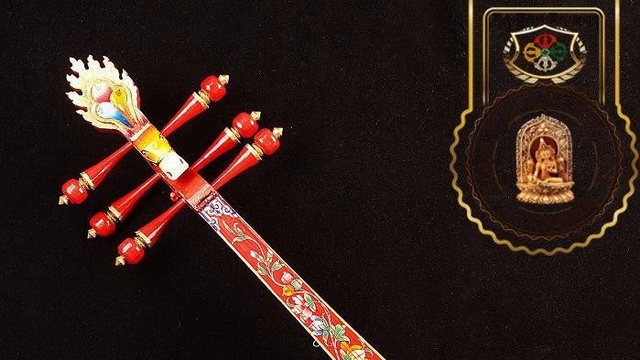Zhanian's structure
Anyone who knows Tibetan music knows that Tibetan playing and singing occupies a very important position in the entire snowy culture. Among the Tibetans, a considerable number of people will play a musical instrument called "Za Nian". Zha Nian's voice is sweet and soft. , especially suitable for lyrical use.

Zha Nian is a transliteration of Tibetan. In Tibetan, "Zha" means "sound", "Nian" means "sound to the ear", and "Zha Nian" means "sound to the ear". Zha Nian is a plucked musical instrument, one of the traditional Tibetan musical instruments widely spread in Tibet and even the whole Tibetan area.
Zha Nian is composed of the body, strings, bridge, picks, and straps.
1. Body
Zha Nian's violin body is made of wood and consists of a resonance box shaped like a horizontally cut gourd, a harp of varying lengths, and a head that is bent into a semi-circle.
2. Strings
The strings of Zha Nian are generally called "lifting", and also called "Zigui" in the Diya area of Ali, which means the rope made of goat intestines. The strings of Zha Nian can be made of various materials, including sheep intestines, beef tendons, silk threads or metal strings, among which metal strings are rarely used. There is a slightly raised string tie device at the bottom of the Zhanian large resonance box, which is called "lifting up". After the strings are fixed here, they are stretched to the pegs of the headstock through the resonance box, the fretboard, and through the nut.
3. Qinma
Between the surface of the large leather-covered sounding box and the stretched strings, there is a wooden bridge called "Ka" or "Naiga" (meaning "saddle" or "lower saddle"), most Made of hardwood.
4. Pick
On the tying device at the bottom of the Zhanian resonance box, a small pick called "Sendi" is hung with a thin wire, which is mostly made of hardwood, horn or bone.
5. Cross belt
Since the performance of Zha Nian is often accompanied by singing and dancing performances, the large resonance box of Zha Nian and the side of the middle and upper part of the piano rod are each equipped with a device made of colored forging or rope for tethering. This device is called "Tianta" means "sleeve", so that you can hang the instrument diagonally in front of you to play while singing and dancing.
 渝公网安备 50010702504639号
渝公网安备 50010702504639号